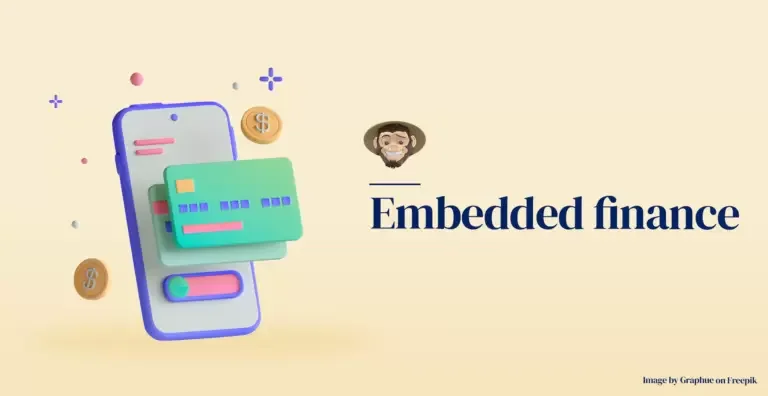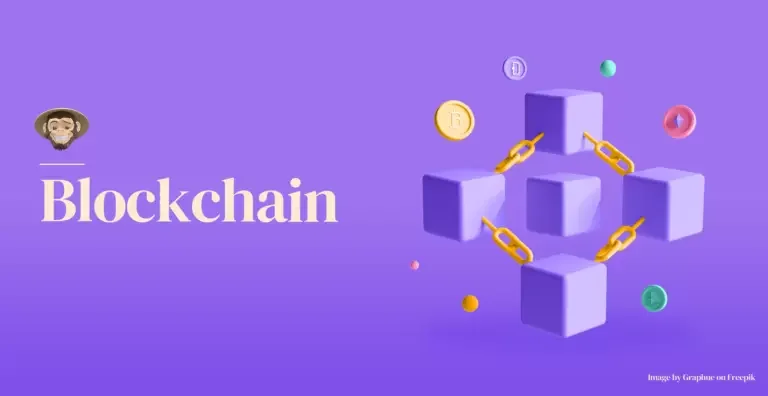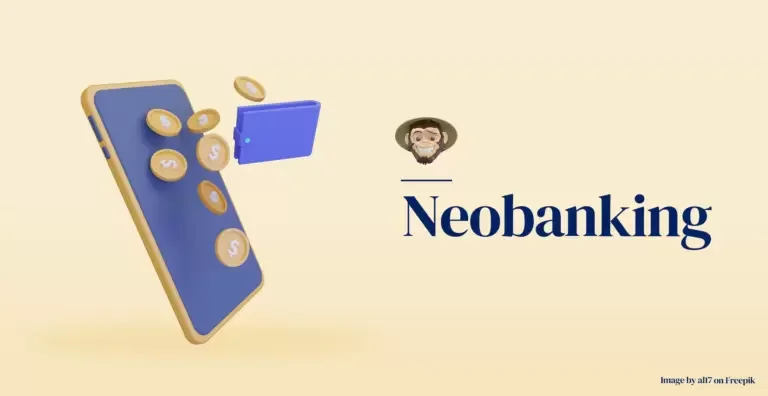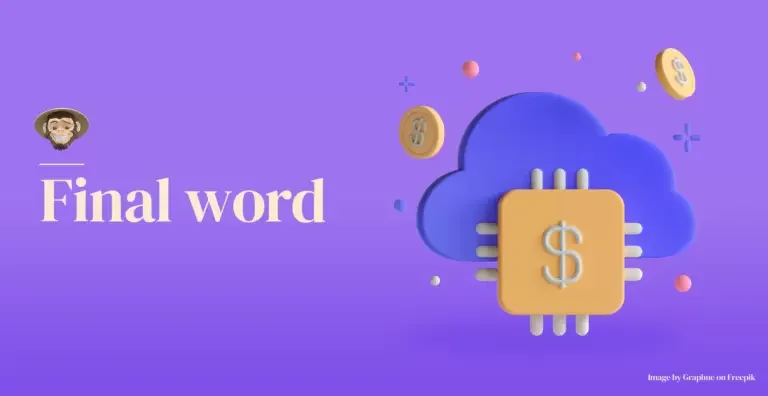Fintech app development is at the forefront of the transformation that the world of finances is currently experiencing. As a result, we can expect to see some exciting, reframing FinTech app development trends emerge in 2023.
$305.7 billion–what a great number, huh? That’s the projected global FinTech market value for 2023! This figure, as great as it is, isn’t surprising, though; especially considering the astronomical growth in the number of people using mobile devices, which unavoidably translates into increased rates in both the usage and demand for better and faster mobile applications. The world of finances isn’t immune to this change and is actually thriving thanks to the increasing adoption of the technologies that are bringing more innovative and transformative online banking solutions to the demanding customers. So, now we can see new FinTech companies and startups budding up left and right, seeking to meet that rising demand and establish themselves as dominant, transformative forces in the modern FinTech world. This transformation is placing FinTech app development at the forefront of the digital financial revolution, which will surely bring us some exciting trends to emerge in 2023.
So, as the world of online finances continues to grow and evolve and technology keeps playing an increasingly important role in shaping the FinTech industry, we at Foonkie Monkey saw an opportunity to explore how FinTech app development will behave this year and highlight which trends will emerge in 2023. Here are some of the most important FinTech app development trends to watch out for in 2023.

Artificial intelligence and machine learning
Ahhh, the belle of the ball: artificial intelligence. For some time now, AI has been gaining momentum and is rapidly becoming the leading technological trend in most, if not all, industries, businesses, and development initiatives worldwide, with the AI market closing last year at a whopping $137 billion market worth. So, why would FinTech be any different? Along with machine learning, artificial intelligence has become almost mandatory for the development of innovative FinTech applications that not only seamlessly provide users with efficient, personalized financial services but also help developers leverage tools such as predictive analytics, which can help anticipate some behavior and create solutions accordingly, and automate tedious tasks while also enhancing the user experience.
This year, we can expect to see an increasing number of FinTech app developers using AI and ML to meet the growing demand for personalization, uniqueness, and automation that is currently flooding the FinTech industry. For this reason, and to give users products that are tailored specifically to them, FinTech app developers will have to leverage more advanced AI capabilities to not only improve in-app interactions and app features and functionality but also to provide personalized recommendations and enhance the overall user experience. Similarly, implementing elements such as tailored search results and more FinTech app-specific interactions like investment opportunities, budget management, spending statistics, risk assessment, fraud detection, and other financial services depends largely on using AI capabilities.
Additionally, using AI and ML in FinTech app development translates into innovative and efficient solutions such as AI-powered chatbots, which are critical to handle customer queries more efficiently and instantly, answering frequently asked questions, helping users navigate the application, and delivering customized solutions to each user’s particular problems. Similarly, using AI and ML in FinTech app development is crucial to offer personalized financial management services, which are now based on actual user behavior, their specific preferences, and their real-life economic history. As a result, these technologies, which are already making waves in the FinTech industry, will continue to make FinTech apps more efficient, user-friendly, and customized to help FinTech app developers deliver highly relevant banking experiences that are easier to understand, add value, drive engagement, effectively analyze user behavior, process user data, and provide unique insights and recommendations.

Open banking APIs
Open Banking refers to allowing third-party financial service providers to access users’ financial data from different financial institutions, with their consent, via APIs (Application Programming Interfaces). Thanks to promoting the sharing of users’ financial data such as credit card payments, bank account transactions, purchases, spending history, and other financial information with trusted banking and non-banking organizations, open banking helps increase competition, customization, and innovation in the financial industry, provides greater transparency, and gives users the control over their financial data, to name a few.
This year, in FinTech app development, open banking APIs will likely become more widely adopted and integrated into an increasing number of financial products. Why? Mainly because FinTech apps rely on accessing financial data to provide highly personalized and innovative banking services, which, as we discussed earlier, is crucial for engagement and user experience. In that sense, open banking APIs represent an effective avenue of enabling third-party providers to safely access users’ financial data from multiple financial institutions so that FinTech app developers can quickly build applications that can offer a more robust, broader range of banking services. In addition, these applications will be better and faster at aggregating users’ financial information from multiple financial sources, platforms, and institutions into one app. For instance, you can build a banking app that has budgeting capabilities and allow the application to analyze a user’s spending patterns to identify how and when they can save money and provide personalized recommendations. As a result, this year, we can expect to see more FinTech products that make it easier for users to access their banking information, make payments, purchase goods, and manage their finances all in one place.
Additionally, open banking APIs represent a more effective route to offer real-time services such as opening accounts, checking credit scoring, and instantly applying for and getting loan approvals. Open banking APIs are also designed with very robust and strong security measures to protect user data. FinTech app developers can leverage these security standards to provide additional layers of safety and keep building trustworthy products that make users feel safe.

Embedded finance
Embedded finance is the newest trend in this article. It has been around for a while, but it is yet to be widely adopted. Still, embedded finance is quickly becoming an essential emerging trend in the FinTech app development game for 2023. Embedded finance is an approach to integrating financial services, such as credit card payments, purchasing, or loan processing, into non-financial platforms, such as e-commerce websites, social media applications, or ride-sharing apps, without redirecting the users to traditional financial institutions. So, for example, instead of going to a bank for a loan or using a new credit card, users can purchase and pay for goods in installments on platforms such as Amazon or Shopify. This is known as BNPL (buy now, pay later) and is one of embedded finance’s many services, which also include most digital wallets, micro-investing, point-of-sale financing, and some insurance and budgeting apps, to name a few.
In 2023, embedded finance is expected to continue to gain momentum and become a key component of modern FinTech app development initiatives. In that sense, FinTech app developers can start using embedded finance to offer seamless payment options to all users, regardless of the type of application they’re using. Companies can provide financing, offer loans, and enable seamless payments without requiring users to go to a traditional financial institution and apply. Klarna is one popular example of embedded financing. They’re integrated with giants like Wish and offer financing options during checkout, where the user only has to fill out a simple application form and receive instant approval for payment in monthly installments; no lines, no lengthy applications, and no hassle.
We only see these benefits, and many more, of embedded finance, getting better and its usage growing this year as FinTech users and businesses continue to demand faster and simpler transactions. Embedded finance, which generated a revenue of $22.5 billion in 2020, has already been cutting through much of the red tape associated with banking, insurance, and investing. As a result, it will keep getting more popular and move away from being a bonus, and, at some point, not very far, it will become a necessity, a staple, in FinTech app development.

Blockchain
Yep, that’s right, blockchain is a FinTech app development trend once more. Just like AI, blockchain technology is not new; but boy, has it been getting better and more popular. As the technology continues to grow, it also evolves and gains traction as one of the most exciting, robust, and widely adopted technological trends in FinTech. With a market worth of over $10 billion, blockchain technology is one of the most efficient ways of allowing individuals and companies to securely access and transfer digital assets in a decentralized manner, making it the cornerstone of cryptocurrencies, smart contracts, online financial transactions, and everything related to modern FinTech apps. What’s more, blockchain has come a long way since its cryptocurrency days, which is why we predict that this year, the apparent advantages of blockchain technology will further entice FinTech app developers to embrace it, making it another promising trend for 2023.
One of the main reasons why we believe blockchain will remain a top FinTech app development trend for this year is its enhanced security benefits. Blockchain offers a tamper-proof and transparent ledger of all transactions, which is highly effective in preventing fraud and unauthorized access to financial data, a non-negotiable feature of FinTech apps. In addition to its undeniable security benefits, blockchain can streamline payments by reducing the need for intermediaries and enabling faster, more secure, and cost-effective transactions. As a result, the increased transparency could potentially help improve trust in digital financial systems worldwide, something we’ll likely observe this year.
Blockchain will also continue to make banking services more accessible and less expensive by reducing the need for intermediaries such as banks, which can dramatically reduce the costs and entry barriers associated with international transfers or any other type of traditional financial transaction. For instance, decentralized finance (DeFi) is a growing trend in FinTech that stems from blockchain and enables decentralized financial services, such as lending and trading, to help make financial services more accessible to a broader range of users, particularly those who don’t have access to banking.
So, overall, we can expect blockchain technology to remain a pivotal component of FinTech app development in 2023, with some added offerings as the technology continues to mature. In that sense, we can expect to see much more innovative use cases as more banking and non-banking companies begin to embrace blockchain technology in a quest to gain a competitive advantage while offering users safer, more efficient, and cost-effective blockchain-based financial services.

Neobanking
Neobanks have been disrupting the traditional banking industry for several years now, and now, after the pandemic and with the rise of mobile banking, most traditional banking customers are demanding better mobile alternatives to handle their finances and visiting physical branch locations less frequently. Here’s where the benefits of neobanks come into play to make their popularity continue to grow and become a FinTech app development rend for 2023 and beyond.
Neobanks offer a range of incredible benefits for FinTech app users, including seamless transactions, lower fees, more convenient account opening, access to instant loans and investments, and more personalized banking experiences, to name a few. And, in 2023, with blockchain, AI, and embedded finance gaining momentum and becoming driving forces in the FinTech revolution, neobanks will certainly exploit their benefits to join the revolution.
Additionally, there’s a very evident disparity that exists between the outdated legacy systems used by most traditional banks and the modern AI and API-based systems used by neobanks. And while conventional banks are starting to catch up with the new mobile banking dynamics, nimble FinTechs, digital banking startups, and neobanks are taking advantage of their competitive edge. As a result, they are creeping up on their rigid, soon-to-be-outdated rivals. So, we can confidently say that this year’s FinTech app development landscape will certainly include neobanks as they start expanding their offerings and entering new markets and geographies in a quest to capitalize on the increasing demand for fast, cost-effective, and efficient digital banking services.

Final Word
As you can see, the FinTech app development landscape for 2023 looks promising. Although we’re not witnessing any entirely new, unheard-of technology, the increasing adoption of staples such as AI, ML, blockchain technology, Open Banking APIs, embedded finance, and neobanks, among others, will promote further innovation and
enable modern and established FinTech companies to offer even more personalized, secure, and groundbreaking financial experiences. Furthermore, FinTech app developers, who are the gatekeepers of the financial technology realm, will need to find new ways of implementing the technologies they’ve traditionally worked with to stay updated with the latest trends and build FinTech apps that cater to the evolving needs of users.
If you have further questions about the top FinTech app development trends for 2023 or want us to start developing your FinTech app, don’t hesitate to contact us!
